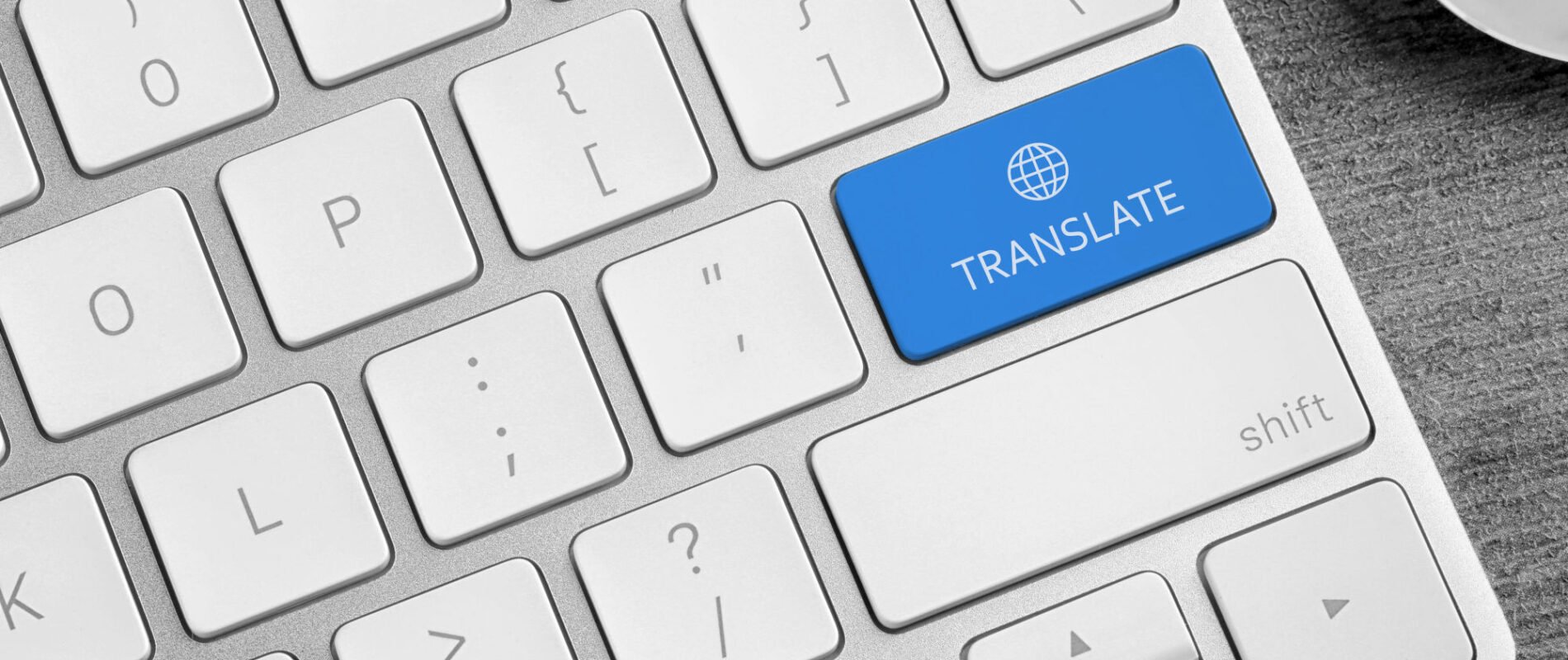If you've ever dealt with U.S. immigration paperwork, you know how tricky it can get—especially when your documents aren't in English. As someone who's helped folks through this maze, whether they're applying for a visa or working with an immigration attorney, I often get questions about certified translations. It's not just a fancy term; it's a must-have for USCIS to process your stuff without hiccups. Let me walk you through what it really means, why it's crucial, and how to get it right, backed by some solid facts from official sources.
Breaking Down Certified Translation for Immigration
Simply put, a certified translation turns your foreign-language document into English while guaranteeing it's spot-on and trustworthy. USCIS demands this for anything not in English because their reviewers need to understand every detail without guessing. It's more than a quick translate job—it's got to be thorough, with the translator basically swearing it's accurate.
Why bother? Well, USCIS handles a ton of cases. Back in Fiscal Year 2022, they dealt with over 9 million forms, and a good chunk involved immigrants from non-English speaking countries—think about the 45 million foreign-born people living here. Mess up the translation, and you might face extra questions or even a denial. A proper certification keeps things moving smoothly and shows you're serious about following the rules.
What USCIS Expects from Your Translations
USCIS lays it out pretty clearly in their Policy Manual (check Volume 7, Part A, Chapter 4 if you're into the details). No need for the translator to have fancy degrees or memberships, but the work has to tick certain boxes:
Full Coverage: Translate the whole thing—every word, stamp, or scribble. Skipping parts is a no-go.
Spot-On Accuracy: Stick to the original meaning. No shortcuts or creative spins. And forget tools like Google Translate; USCIS says they're too error-prone for official use.
The Certification Note: This is the big one. The translator signs off with a statement saying they're fluent in both languages and the translation is complete and correct. It usually goes like: "I certify that I'm competent in English and [the other language], and this is a true and accurate translation of the attached document titled [whatever it is]." Add their name, contact info, signature, and date.
You could have a bilingual buddy do it, but USCIS prefers you don't translate your own docs to keep things impartial. For peace of mind, especially with legal jargon, pros in certified translation services are worth it—they know the ins and outs.
Why That Accuracy Statement Matters So Much
That little declaration isn't just paperwork; it's like a promise under oath. It tells USCIS the translation is reliable, without needing a notary (which they don't require anyway). Guidelines from USCIS and groups like the American Translators Association highlight how this builds credibility. Miss it, and your packet gets bounced back.
Take a common example: translating a birth certificate for USCIS from something like Arabic or Russian. The statement ensures nothing gets lost in cultural nuances, keeping your application solid.
Documents That Typically Need This Treatment
USCIS doesn't require translations for everything, but key ones? Absolutely. Based on what I see in green card apps, citizenship filings, or refugee claims, here's the usual suspects:
Birth Certificates: Proves who you are and your family links. A USCIS birth certificate translation has to nail every detail, like birth dates and parents' names.
Marriage or Divorce Papers: Vital for spouse-based petitions or status changes.
Death Certificates: Comes up in survivor benefits or similar.
School Records: Degrees or transcripts for job-related visas—got to show your quals accurately.
Legal Stuff from Courts: Like police reports, judgments, or adoption decrees, where wording is everything.
Health Records: For medical waivers or proving conditions.
Money Docs: Overseas bank statements or taxes to back up support affidavits.
If it's in this ballpark and not English, get it certified upfront. Industry stats show botched translations cause a bunch of those pesky Requests for Evidence (RFEs), adding weeks or months to your wait.
Picking a Solid Certified Translation Provider
Don't cut corners here—bad translations can tank your case. Go for outfits experienced in immigration work; they get USCIS quirks and deliver fast. Take Artlangs Translation, for instance—they've been at this for years, mastering over 230 languages. Beyond straight document work, they've got a strong track record in video localization, subtitling short dramas, game adaptations, and even dubbing audiobooks in multiple tongues. I've seen their cases where they turned around complex USCIS birth certificate translations with spot-on cultural tweaks, drawing from all that localization know-how.
What I like about pros like them is the human touch—no relying on glitchy AI—and they handle bulk jobs for lawyers juggling clients. Check reviews, ask about timelines, and compare costs to fit your needs.
Wrapping It Up: Make Certified Translation Work for You
At the end of the day, certified translation is your ticket to a hassle-free USCIS process. Nail the requirements, slap on that accuracy statement, and you're golden. With millions of apps flying through their system each year, getting this right can save you headaches. If you're staring down a stack of foreign docs, like for certified translation services or a USCIS birth certificate translation, team up with experts early. It's all about setting yourself up for success in your new chapter stateside.











